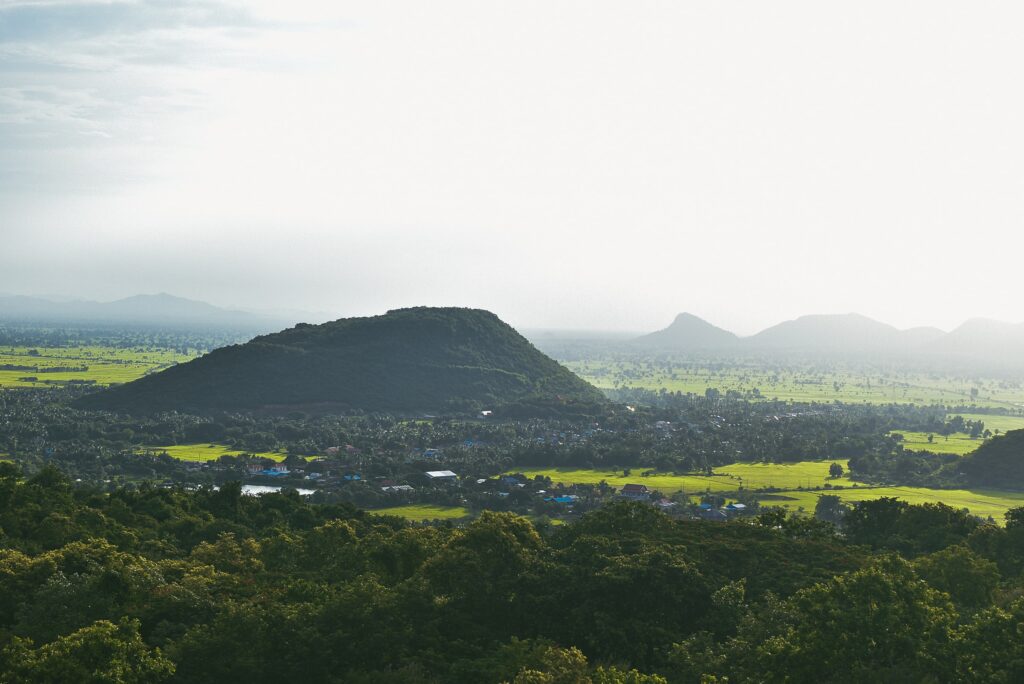Health Insurance in Cambodia
Moving to Cambodia
Cambodia is a small country with a big personality. Over the years it has fallen victim to repeated attempts at land grabs from its’ neighbours, the Vietnam War, and oppression under the Khmer Rouge which essentially reversed decades of development.
Yet while the scars of the past are still visible, Cambodia is successfully re-inventing itself as a tourist destination for the future. Visitors comment on the unspoilt countryside, the rich wealth of wildlife, the low costs of living and the friendliness of the people.
Every trip to Cambodia is an adventure, filled with the colours, sounds and experiences that only Southeast Asia can offer. So prepare to step back in time and enjoy a simpler life in this most welcoming of destinations.
Healthcare in Cambodia
In general, the healthcare system in Cambodia is not considered to be as advanced as in some of its wealthier neighbours. That said, things are moving in the right direction and in evidence of this life expectancy has increased by almost 20 years recently.
It is essential to fully understand the Cambodian healthcare system if you plan to travel there or relocate as an expat. Doing so will ensure you receive the best possible care at the most reasonable prices.
While some surgeries and clinics may be found is areas of high population density like Phnom Penh, accessing healthcare in more rural areas can be far more of a challenge. Even in the more developed cities the standards of healthcare are likely to be found wanting and for this reason it is imperative to maintain an international healthcare insurance policy for expats.
Advanced healthcare will likely require evacuation by air to a neighbouring country for treatment and this is understandably very expensive. A health insurance policy should help to make this evacuation or repatriation process far easier – and more cost-effective – for you.
Cambodia Weather
Positioned as it is in Southeast Asia, Cambodia enjoys a warm and humid climate where temperatures typically range from 20-35°C throughout the year. Rather than a clearly delineated winter/summer climate as experienced by many countries in the Northern Hemisphere, equatorial Cambodia’s climate is more dominated by differing seasonal rainfall.
Cambodia experiences a monsoon season between May and October, after which the rains cease and the dry season commences. Note that temperatures are typically much higher during the dry season and have been known to reach 40°C; something that can take some getting used to for Western visitors.
Cambodia is still relatively undeveloped, and benefits from large tracts of pristine broadleaf tropical rainforest. Much of the country is mountainous and the peaks typically benefit from cooler and moister weather than the lowland savannah areas.
While much of Cambodia shares land borders with a number of powerful neighbours such as Thailand and Vietnam it still benefits from a stunning coastline on its southern border. Here white sandy beaches backed by forest-clad hills make for a welcome beach experience.
Cambodia Weather
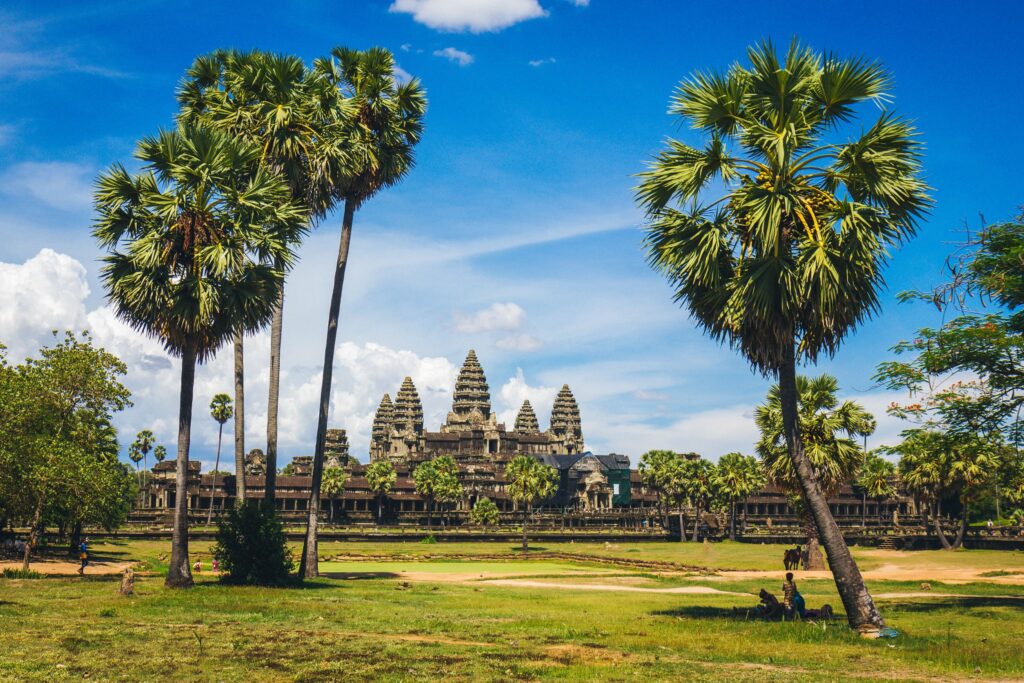
Cambodia Culture
In the mid-1860’s Cambodia was colonized by the French, who remained here until independence in 1953. In that century of occupation, the French introduced not only their language to the people but also a measure of the Christian religion. That said, Christianity is still a minority religion while Buddhism remains the national passion. It is also responsible for some of the most stunning temples found anywhere in the world.
Only twenty years after independence and Cambodia was unlucky enough to experience the tail end of the Vietnam War, something that resulted in the country being heavily shelled. The remoteness of many rural areas of the country, the volume of ordnance dropped upon it and the costs of clean-up mean that unexploded landmines and bombs are still ubiquitous. Even today one in every 290 people in Cambodia is an amputee.
For this reason, it is advised that visitors stick to well-worn paths and roads where they can be certain of their safety. Venturing “off piste” is not recommended for this very reason, and fresh explosions happen on an almost daily basis. Some of the poorer Cambodians have even resorted to using unexploded shells as building materials with which to build their homes.
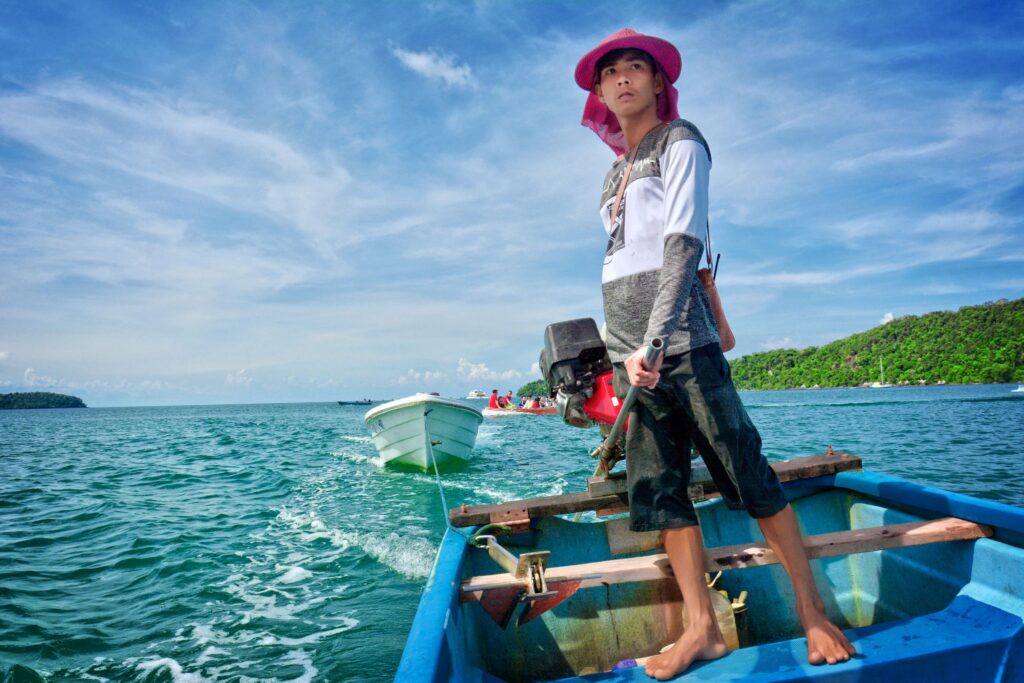
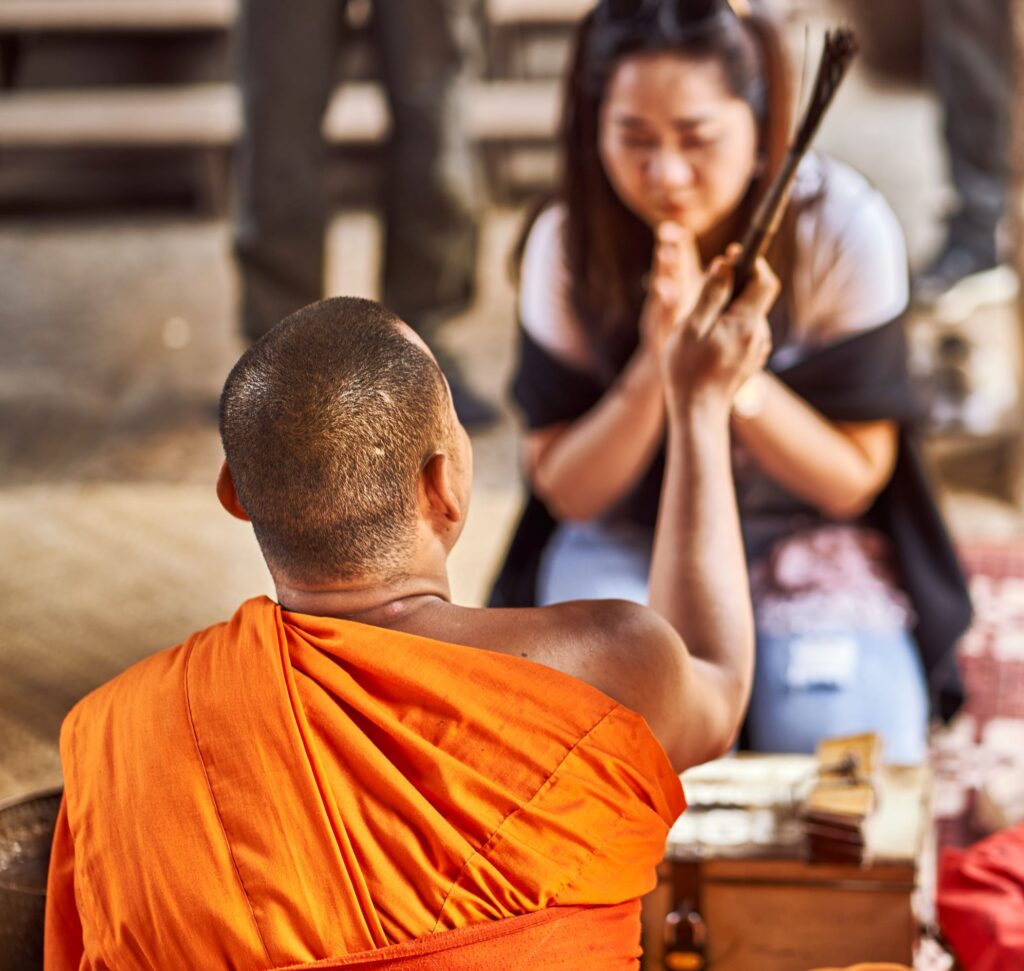
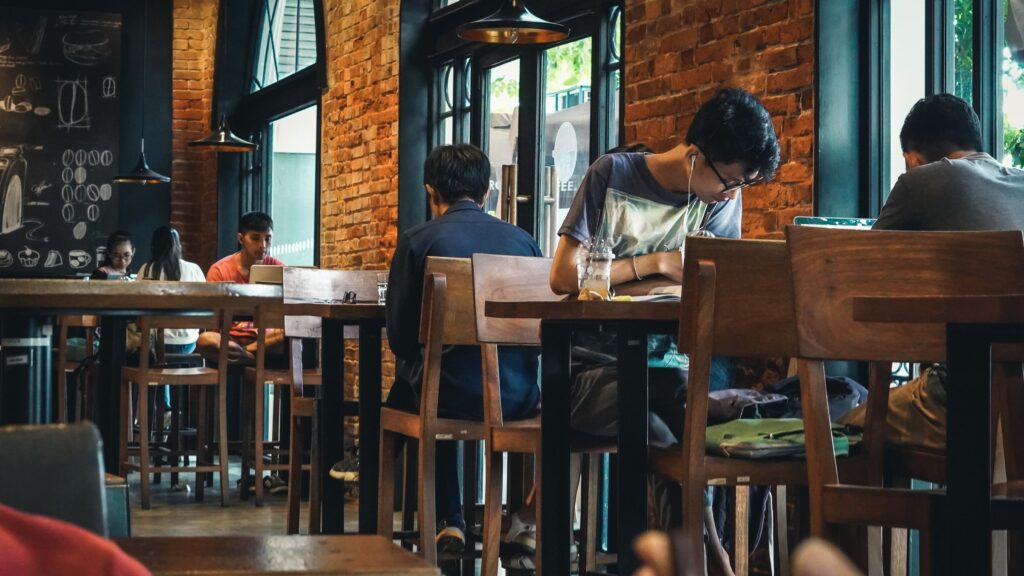
The final insult to the Cambodian people came in the form of the Khmer Rouge, who implemented a sweeping policy of genocide and encouraged Cambodians to return to their rural roots. It has been estimated that between 1.7 and 2.4 million Cambodians were killed during this time, resulting in the loss of many traditional stories and cultures.
Peace now reigns supreme but understandably these incidents have had a lasting effect on the Cambodian people. Most Cambodians are today best described as friendly and modest, yet poor. Generally, the Cambodian people are warm and welcoming to travellers and expats, knowing that they bring with them opportunities and relative wealth.
Cambodia Language
The official language of Cambodia is Khmer. It is spoken by the majority of the population, amounting to around 13 million speakers. Cambodia’s French history also means that French-speaking is commonplace, particularly among older generations.
As a relatively poor country, tourist dollars are key to the development of the country’s economy. In light of this, it is becoming ever more common to find English-speaking Cambodians. In larger cities and more tourist-centric areas, it will generally be possible to speak English.
Cambodia Public Transport
Cambodia’s general lack of wealth, not to mention years of neglect under Khmer Rouge means that transportation in Cambodia is generally considered sub-par. For one, the roads are generally in a bad state, especially by the end of the monsoon season when tarmac can wash away in the blink of an eye.
If the road surfaces weren’t enough of a hazard, the Cambodian drivers up the ante considerably. The rules of the road are often ignored and accidents are commonplace. For this reason, many expats opt not to drive in the country, instead relying on the modest public transport system.
Should you remain certain of your desire to drive in Cambodia you should take note that you will need to possess a Cambodian driving license. These can be obtained without an additional test in exchange for a fee and the presentation of a valid international driver’s license.
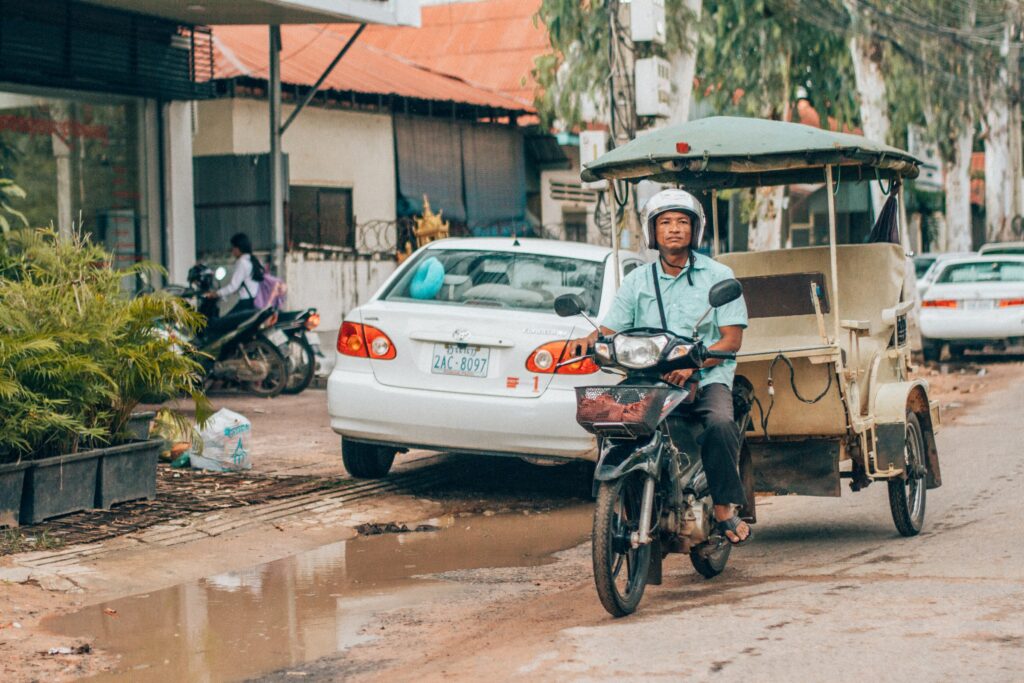
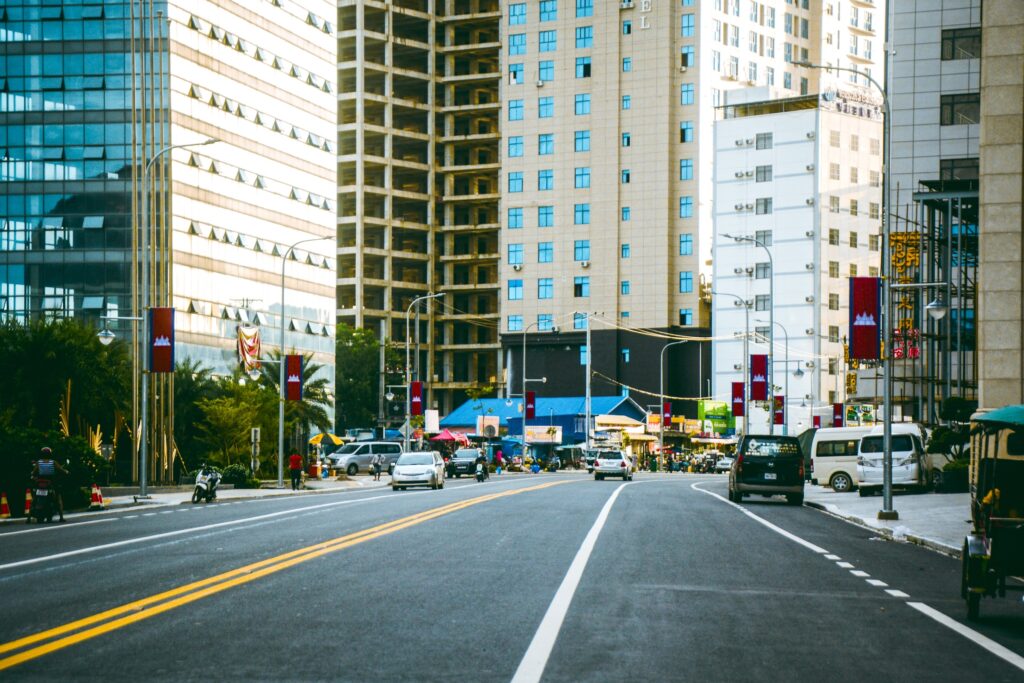
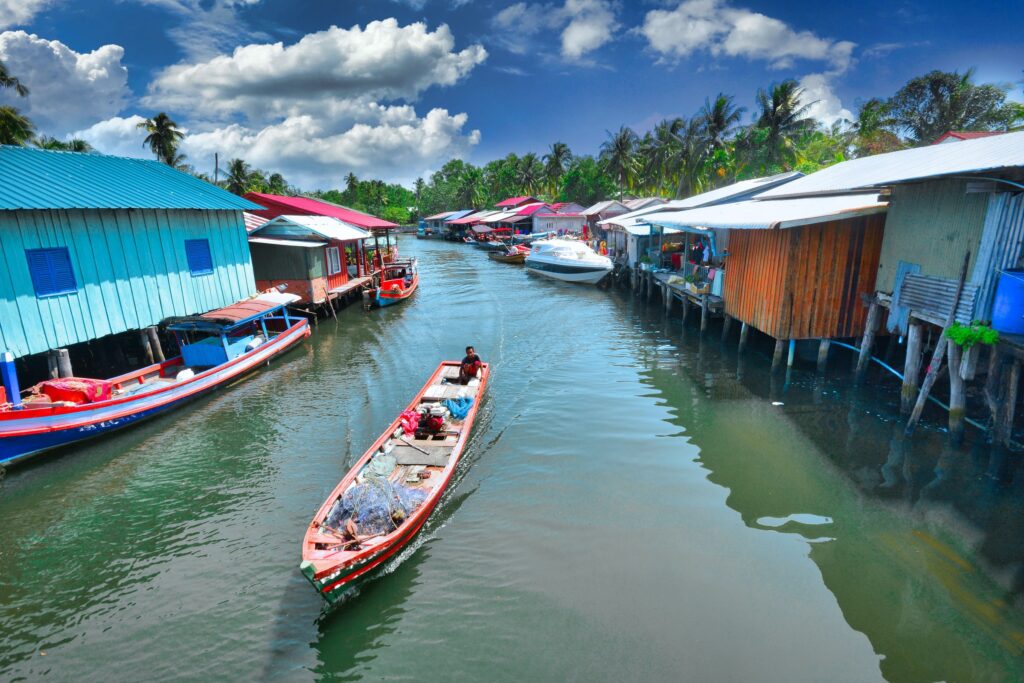
You should be aware it is not unusual for local police to ban non-Cambodians from renting/buying vehicles in order to keep them off the roads and lessen the accident rate. These bans may be short-lived (a matter of days) or they may stretch on far longer. For this reason, even expats wanting to drive may not be able to do so for periods of time.
In terms of public transport, Cambodia maintains an aging bus network though even these are not necessarily safe from the vagaries of the Cambodian driver. Also, note that pretty thefts from buses are not uncommon so keep your valuables with you and your wits about you.
Possibly the best source of transport – especially within towns and cities – is the tuk-tuk. These motorized vehicles take the place of taxis in this warm, humid environment. They can be one of the quickest and most enjoyable ways to get around and see the country. For your own peace of mind ensure that you agree a price in advance of your journey; some tourists have had a nasty surprise when it comes to paying the driver at the end.
Cambodia Currency
The currency is Cambodia is known as the “riel” though the vast majority of businesses also accept US dollars. It is commonplace to find prices in shops featuring both dollars and riels. These two currencies may even not be exclusive within a single transaction, where one might pay in dollars and receive change in riels, or even a mixture of dollars and riels. Staying on your toes so that you ensure you’re given the right change is therefore imperative.
Generally speaking, banks in Cambodia are considered of high quality and offer all the services you might expect. Cash can be withdrawn here or from the network of ATMs found around the country. Note that some cash machines charge hefty fees to withdraw money from a foreign account so expats planning an extended stay in the country may wish to consider opening a Cambodian account.
The Foreign Office has warned travellers and expats to be vigilant when using ATMs after dark and to keep bags and wallets held securely as this is one of the easiest ways for foreign criminals to gain access to your funds.
Schools Cambodia
Moving to Cambodia can present particular problems. For one, the Cambodian education system, having been picked apart piece of piece by the Khmer Rouge has yet to fully recover. Generally speaking schooling in Cambodia is quite basic. It is estimated that over 70% of the population remains illiterate even to this day.
If you are expecting to provide your children with a Western-style education that will benefit them over the long term then you would do better to ignore the State schooling system and instead focus you attention on one of the other methods.
Possibly the best solution for expats are one of the international schools, where lessons are generally taught in English, and Khmer lessons are given to allow students to learn the national language. That said, for all their benefits these private international school receive no form of government funding and so are considered overly expensive by many expats.
This is perhaps not such a problem if your expat salary will be paid at your home rate. However if your salary is commensurate with other workers in Cambodia these international fee-paying schools may prove to be out of your price range.
In these cases an increasing number of parents are relying on accredited distance-learning courses and home tuition in order to provide Western standards of education to their children.
Schools Cambodia
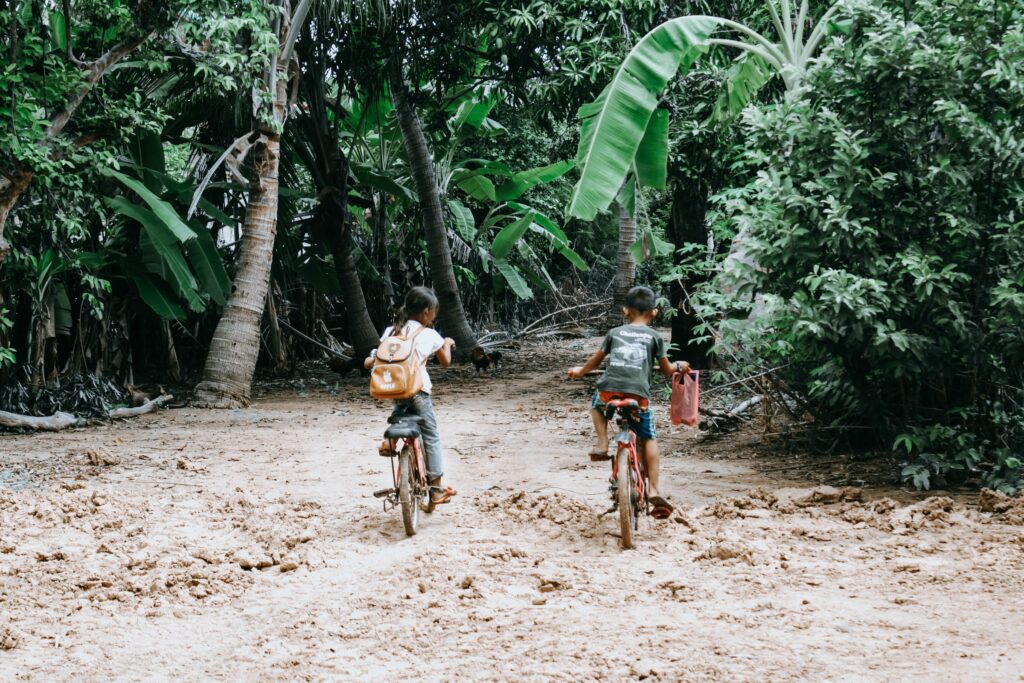
Cambodia Food and Drink
Cambodian cuisine is normally simple yet wholesome. It is generally very reasonably priced except in the most upmarket restaurants.
Typical Cambodian fare includes rice, fresh vegetables, fruits and meat. Thanks to the country being cut in two by the Mekong River, and hence the number of people who rely on its bounty for their subsistence, freshly caught fish are another common item on the menu in Cambodian cafes and restaurants. Generally the foods are quite healthy, if plain to some people’s tastes.
What is interesting is that some French influence on food can still be felt all these years later. As an example you may be served a traditional Cambodian curry, together with a French baguette to dip in it.
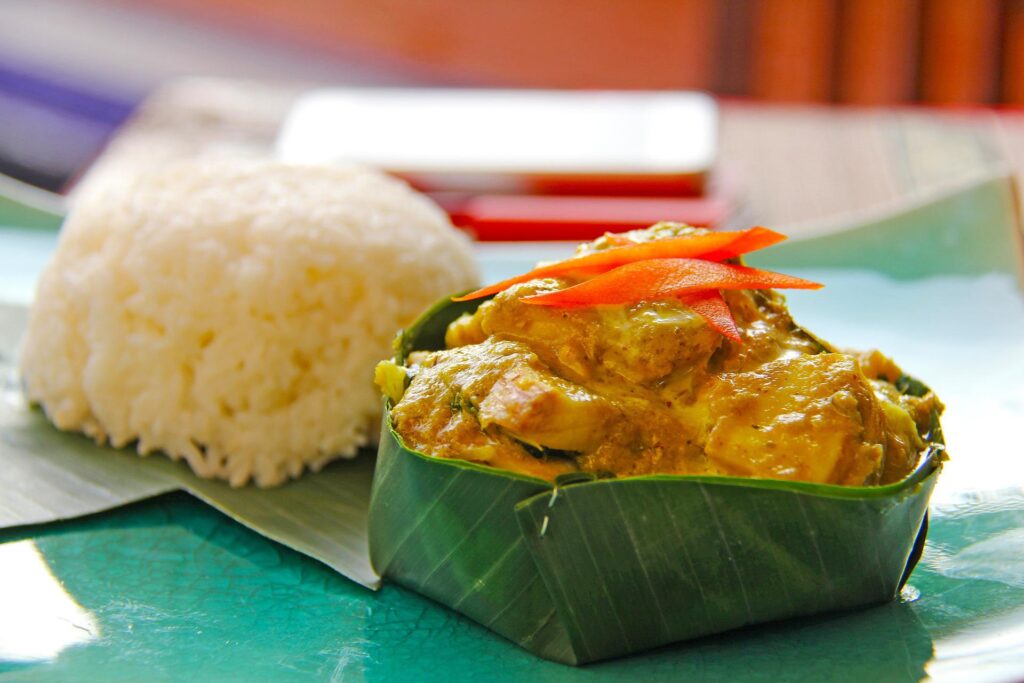
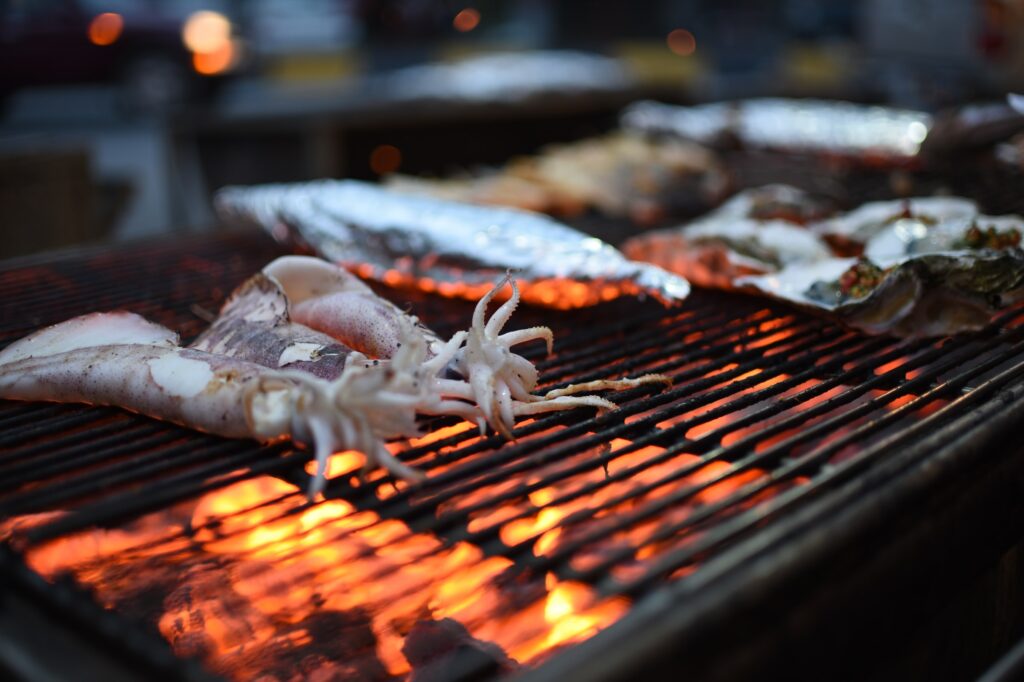
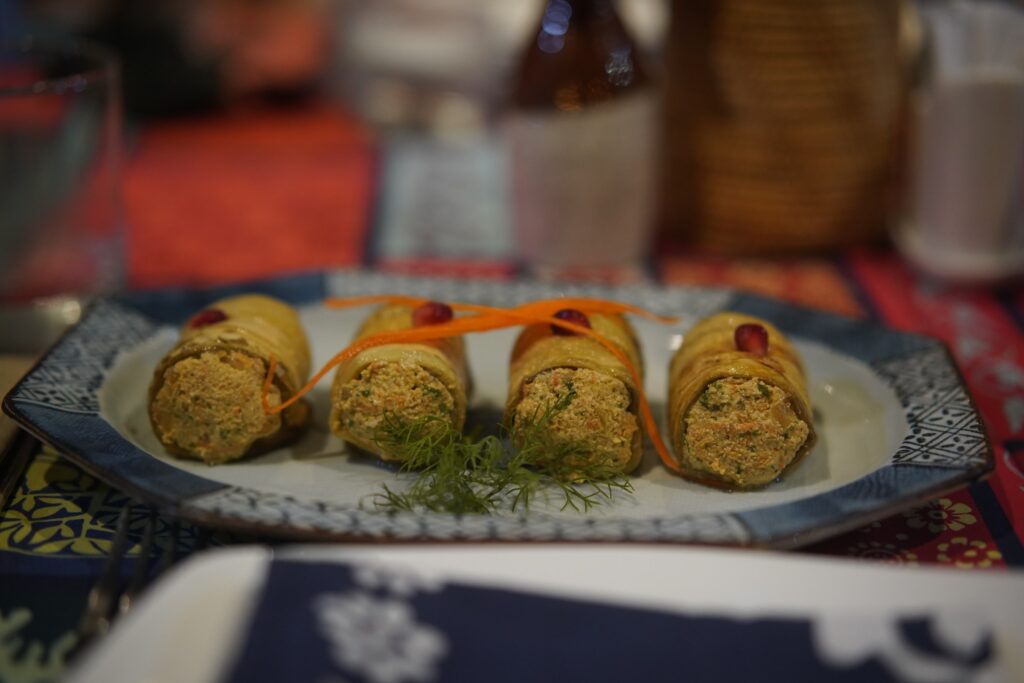
Cambodia Crime Rate
Whilst thousands of people visit Cambodia each year without incident it should be mentioned that Cambodia is far from the safest country you will ever visit. For one, it is still considered one of the most corrupt countries in the world, where “back handers” may be requested by officials completing paperwork on your behalf. Stories of expats finding police stations closed or emergency telephone calls unanswered are also all too frequent. It is why it is so important to purchase international travel insurance when travelling abroad.
Petty theft is sadly rather common, especially around Phnom Penh. Whilst pick-pocketing does occur, the most common source of theft at present involves bag snatches. It is not uncommon for motorcyclists riding past to snatch bags straight from tourists and drive off with them. The chances of recovering your belongings or catching the culprit are slim so take great care with baggage. Whenever possible leave valuables locked away at home rather than carrying them around with you.
While the problem of unexploded land mines and bombs has been mentioned, it is worth further underlining that health and safety in Cambodia rarely measures up to Western standards. Accidents from poorly-maintaining machinery or equipment is unfortunately rather commonplace. In terms of renting vehicles or visiting tourist destinations you are encouraged to use only reputable suppliers and to do your own due diligence before taking unnecessary risks.
Be aware that the monsoon season can see sudden, torrential downpours. These can not only wash away roads and footpaths but also reveal new landmines and lead to flash flooding. Take precautions if travelling in the wet season so as to remain as safe as possible.
The emergency services in Cambodia each use a different number so it is worth making a note of these should you need them. Dial 117 for the police, 118 for fire or 119 for an ambulance.
Places to Visit in Cambodia
Cambodia remains increasingly popular with tourists and expats. The friendly people, the low costs of living and the beauty of the country all help to endear it to visitors. From wild, untouched jungle to some of the most stunning religious buildings in the world there is much worth seeing in this intriguing country.
Here are just a few of the highlights that await you in Cambodia:
Angkor Wat
For many people Angkor Wat is Cambodia. This ancient Hindu temple dates from the 12th century and is arguably the most recognisable building anywhere in the country.
The name directly translates to “city of temples” such is the size of the site, which is made even larger by being surrounded by a vast fresh-water moat which, due to the exactness of its construction, must have been manually dug out by a vast team of workers.
No visit to Cambodia would really be complete without a visit to this world-famous UNESCO site.
Angkor Wat
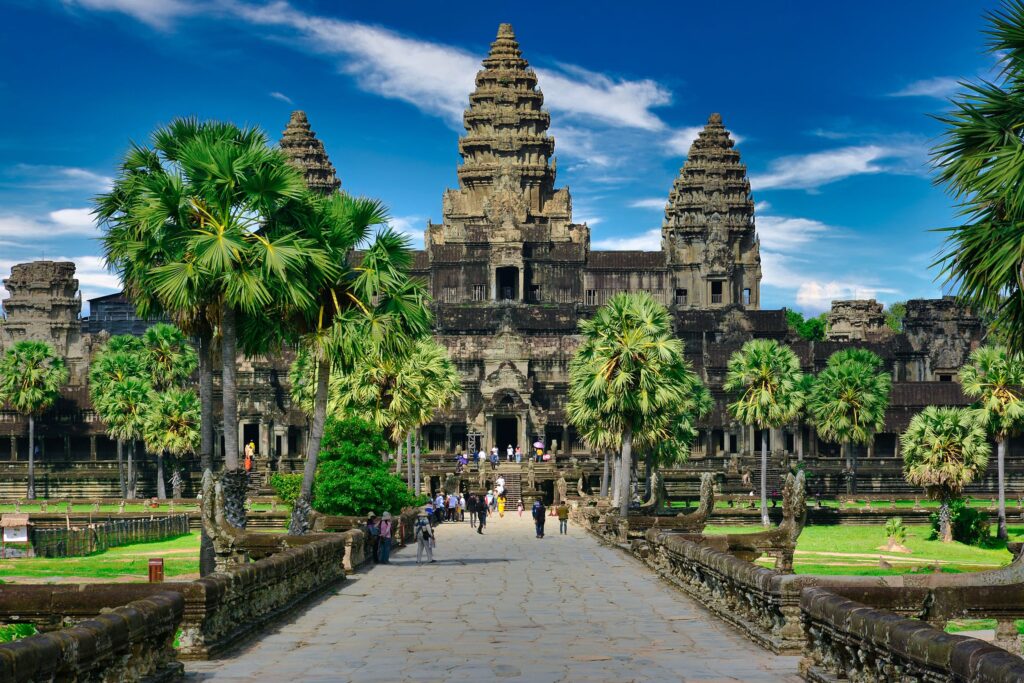
Lake Yeak Laom
Yeak Laom represents a protected area centred round the most perfectly circular lake you’ll ever see. The clean, warm water provides ideal bathing or photographic opportunities. Rich in wildlife and surrounded by jungle, the sense of peace here is arguably its most appealing feature.
Lake Yeak Laom
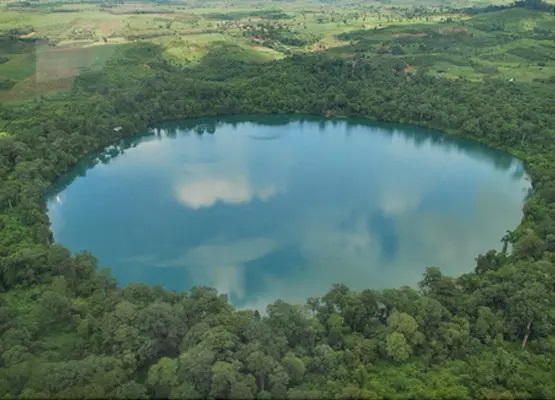
Royal Palace
The Royal Palace in Phnom Penh has been occupied by Cambodian royalty since the arrival of the French in the 1800’s. This huge oriental building and its formal gardens that seem more reminiscent of an English stately home make it an unexpected – but welcome – source of inspiration and entertainment.
Royal Palace
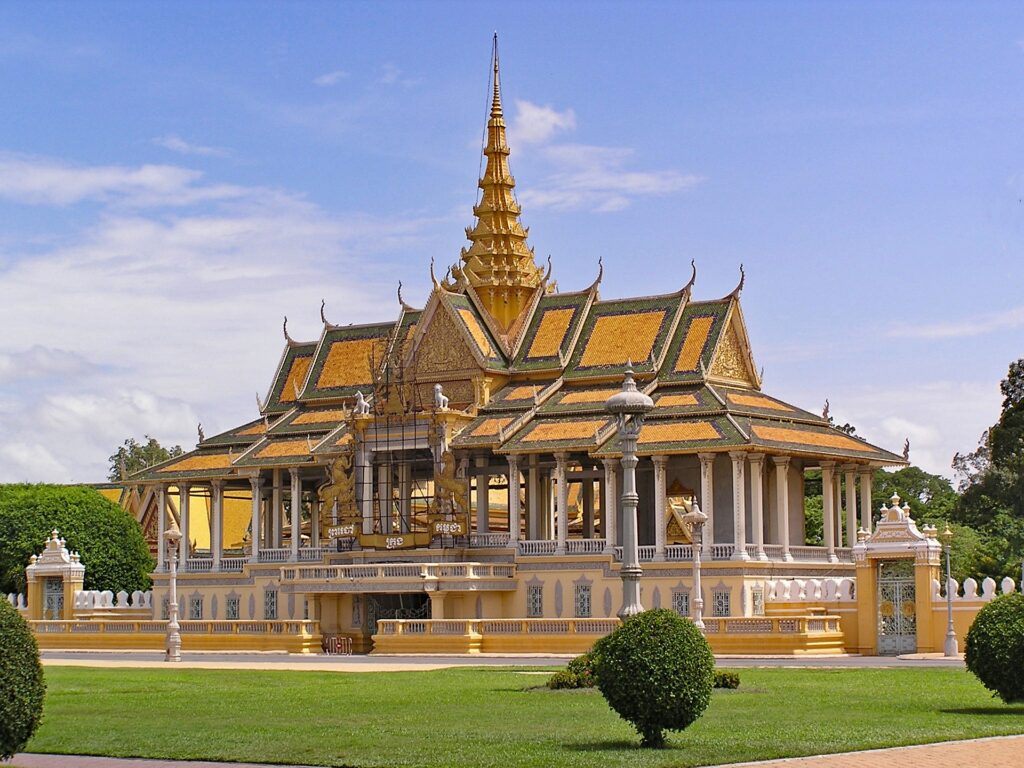
Cardamom Mountains
This rocky, undisturbed area that stretches over 300km into Thailand is one of Cambodia’s great wilderness areas. Representing the highest mountain peaks in all of the country, this dense magical area is the best place to see all manner of wildlife, from pangolins to clouded leopards, sun bears to tigers. Take a guided tour and prepare yourself to see some of the best wildlife in South East Asia.
Cardamom Mountains
